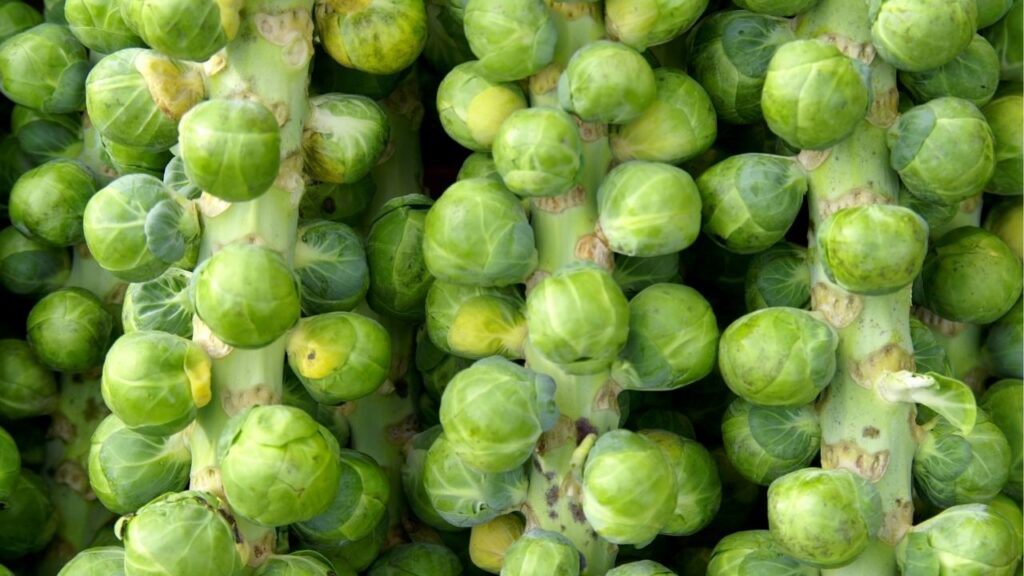There may be a number of challenges in managing diabetes and cancer at the same time – but choosing the right diet doesn’t have to be one of them.
Key Takeaways
- Many diabetic diets for dogs are a good fit for dogs with cancer, too. Do not change your diabetic dog’s diet without consulting with your veterinarian.
- If your dog’s diet changes, his insulin dose might change, too – consult your veterinarian before making any changes.
- Monitor your diabetic dog’s weight closely and work with your veterinarian to adjust food intake for optimal weight.
Nutritional Needs of Diabetic Dogs
Diabetic dogs have some specific needs when it comes to what goes in their bowls – and when. Feeding a dog with cancer has its own challenges. But feeding a dog with diabetes and cancer may not be as hard as it sounds at first.
Timing and Tastiness Is Key
Because insulin is typically given after a dog eats – so that food energy is present for the insulin to act on, which prevents blood glucose from dropping dangerously low – timing of meals for diabetic dogs can be quite regimented.
For many dogs, this means twice-daily meals, approximately 12 hours apart, with few (or no) treats in between – and no grazing throughout the day. The diet needs to be tasty, so each meal is likely to be eaten consistently and completely.
Water Intake Is Key
Fresh, clean water is important for all dogs, of course. But drinking water (and moisture in food) is especially important for diabetic dogs, since they often lose more fluid than typical dogs through increased urine output as a result of their disease.
Diabetic dogs should always have free access to water…and ample opportunities to go outside to help prevent urinary accidents in the house.
When it comes to what is in the bowl for diabetic dogs, there are a few specific recommendations.
High Fiber
Insoluble fiber may help control blood glucose by slowing digestion and therefore absorption of food energy, so a diet high in insoluble fiber is often prescribed.1
High-fiber diets can also promote weight loss by making dogs feel full on fewer calories – this is a good thing for overweight diabetic dogs, but not for those who are underweight, so a high-fiber is not recommended across the board for all diabetic dogs.2
But being overweight can make glucose control difficult, so weight loss for those who need it is important once the diabetes is controlled.3
Moderate Carbs
Diets with moderate levels of carbohydrates (starch) have been shown to result in lower blood glucose readings post-meal compared to high-carb diets.4 This might help to minimize wild swings in blood sugar for diabetic dogs.
Lower Fat
Lower fat diets are required for many diabetic dogs because pancreatitis is a common and unfortunate consequence of diabetes. Often, dogs who develop pancreatitis need to stay on reduced-fat diets long-term to prevent a recurrence.3
Prescription Diabetic Diets
There are a number of prescription diabetic diets available for dogs. A few common examples include Royal Canin Canine Diabetic, Hill’s Prescription Diet Multi-Benefit w/d, and Purina Pro Plan Veterinary Diets DM Diabetic Management.
These diets have the benefit of higher fiber, higher protein, lower starch, and sometimes lower fat content than typical diets, and they are often available in both kibble and canned forms to appeal to dogs who have strong preferences one way or the other – and the canned diets can offer a boost in moisture intake, too.
Disadvantages of prescription diabetic diets are that they are generally more expensive than “regular” diets and purchasing can be inconvenient as they are not as widely available.
In addition, it can be difficult to find a formulation to accommodate dogs with a food allergy or intolerance, since they are often not produced in a wide variety of ingredient options.
Does My Dog Need a Prescription Diabetic Diet?
Prescription diabetic diets are prescribed at the veterinarian’s discretion – some vets use these diets regularly for their patients, and others tailor an individual’s treatment around their typical diet (as long as it meets all requirements).
Diabetic diets are often used if optimal glucose control can’t be achieved on other diets.
Where to Find Diabetic Diets
Since these are truly prescription diets – they require a prescription from a veterinarian because these diets are not made for long-term feeding of healthy dogs – you can find them at many veterinary clinics.
They are also available through online retailers (like Chewy or something similar), as long as you submit your prescription, or your veterinarian approves the order.
Balancing Diabetes and Cancer
The nutritional goals for managing diabetes and cancer have some overlap, so it is possible to satisfy the needs of both conditions in one diet plan.
Lower-carbohydrate, higher-protein diets are often recommended for dogs with cancer, and that dovetails nicely with diabetic diets.
Maintaining a healthy body weight is important for both diabetic dogs and dogs with cancer. If a dog eating a diabetic diet experiences unwanted weight loss (often due to the high fiber), there may be a need to transition away from the diabetic diet.
If this happens, insulin dosing can be adjusted by the veterinarian to compensate for the change.
A board-certified veterinary nutritionist is always a great resource to develop a personalized nutrition plan to take all of your dog’s medical needs into consideration.
- Kimmel SE, Michel KE, Hess RS, Ward CR. Effects of insoluble and soluble dietary fiber on glycemic control in dogs with naturally occurring insulin-dependent diabetes mellitus. J Am Vet Med Assoc. 2000;216(7):1076-1081. doi:10.2460/javma.2000.216.1076
- Fleeman LM, Rand JS, Markwell PJ. Lack of advantage of high-fibre, moderate-carbohydrate diets in dogs with stabilised diabetes. J Small Anim Pract. 2009;50(11):604-614. doi:10.1111/j.1748-5827.2009.00817.x
- Fascetti AJ, Delaney SJ. Nutritional management of diabetes mellitus. School of Veterinary Medicine. https://www.vetmed.ucdavis.edu/hospital/animal-health-topics/diabetes-mellitus. Published June 22, 2018. Accessed January 22, 2023.
- Elliott KF, Rand JS, Fleeman LM, et al. A diet lower in digestible carbohydrate results in lower postprandial glucose concentrations compared with a traditional canine diabetes diet and an adult maintenance diet in healthy dogs. Res Vet Sci. 2012;93(1):288-295. doi:10.1016/j.rvsc.2011.07.032
Topics
Did You Find This Helpful? Share It with Your Pack!
Use the buttons to share what you learned on social media, download a PDF, print this out, or email it to your veterinarian.






